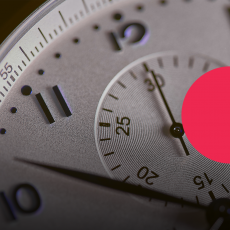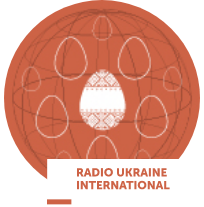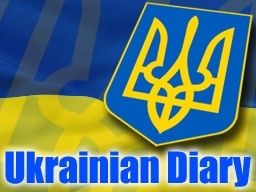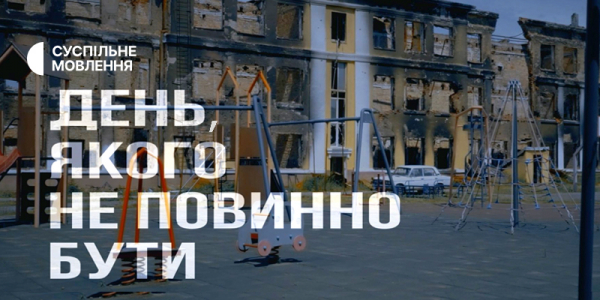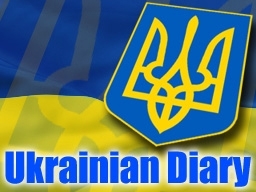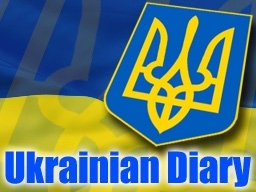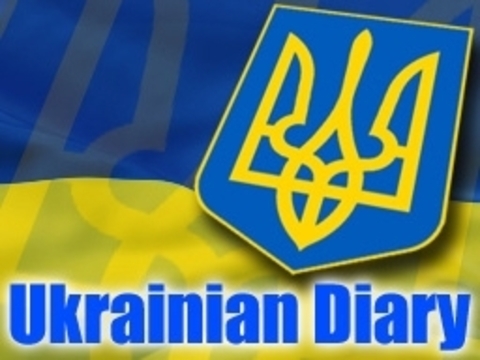1. Situation in Donbas – Violence Rises, Living Quarters under Fire, Further Investigation of Russian Trail in Downing MH17.
The beginning of the current week saw the rise of violence in Ukraine’s east. According to the CTO press center, pro-Russian separatists more often resort to heavy weaponry, particularly tanks, prohibited by the Minsk agreements. The Luhansk direction was the epicenter of their attacks, though there were numerous shillings and skirmishes in the Donetsk direction too. Ukraine’s pro-government forces repelled the attacks of pro-Russian hirelings near Avdiivka and at the Svitlodarsk bulge, Donetsk region. In the village of Majorske separatists shelled a private house of a local civilian. Fortunately, no one was injured. It was also informed that illegal armed groups keep establishing mine barriers around their fortifications. Ukrainian field engineers clearing these mine fields say the mines bear the markings of Russian military plants.
The preparation to the prisoners swap is going on, the Ukrainian side is ready to exchange militants imprisoned in Ukraine for 74 Ukrainian citizens held captive by separatists. Iryna Herashchenko, Ukrainian presidential envoy on the situation in Donbas said, “We have observe the necessary procedures to hand over to separatists 306 militants who committed crimes against Ukraine but did not carry our any grave offences, like murder. We want to exchange them to 74 Ukrainian citizens who remained in the hands of separatists for years. We also negotiate another round of prisoners swap within the framework of the Trilateral Contact Group on the settlement of the situation in Donbas. These 74 Ukrainians we want to be freed from captivity are obviously not all hostages kept by Russian mercenaries.”
Meanwhile, investigative search networks Bellingcat and the Insider said they have identified a Russian armed forces colonel general as a key figure sought by a Dutch-led criminal probe into the downing of Malaysian Airlines flight MH17 in eastern Ukraine in 2014. The 298 victims of the fatal crash, over territory held by pro-Russian separatists fighting Ukrainian government forces, included 196 Dutch citizens. The victims came from 17 countries. Dutch investigators concluded in 2015 that the plane was brought down by a Russian-made ground-to-air rocket. Moscow has denied one of its rockets could have been used to shoot down the flight.
Bellingcat said its probe had “to a high degree of certainty” identified the military man who played an important role in downing the flight as Colonel General Nikolai Tkachev, the Chief Inspector of the Central Military District of the Russian Federation. However, his exact role in accident is unclear.
2. The Hague Tribunal Has Established Facts of Russian Invasion of Donbas.
The Office of the Prosecutor of the International Criminal Court in The Hague has recorded more than 1,200 incidents involving crimes allegedly committed since 20 February 2014 in the context of events in eastern Ukraine, ICC Prosecutor Fatou Bensouda has said in a report on preliminary examination activities published on 4 December.
More than 10 thousand people have been killed and 25 thousand injured, including civilians, since the start of the conflict. Most civilian deaths resulted from the shelling of populated areas in both government-controlled territory and areas controlled by armed groups, with smaller numbers allegedly killed or injured by firearms. In the course of the conflict hundreds of civilian objects,including residential properties, schools and kindergartens have allegedly been destroyed or damaged, largely by shelling, in both government-controlled territory and areas controlled by armed groups. In some cases, it is alleged that the shelling of such objects was deliberate or indiscriminate or that civilian buildings including schools have been improperly used for military purposes.
Beatings, electric shocks and other forms of physical abuse, as well as mock executions and other threats causing severe psychological trauma were allegedly inflicted on civilians, including persons suspected of allegiance to the opposing side in the conflict, and on members of both Ukrainian armed forces and armed groups. In the majority of the alleged incidents, torture or ill-treatment occurred in the context of detention, frequently in “irregular” detention facilities and often during interrogation.
Official statistics also suggests that more than 15,000 persons have been reported as “missing” in the conflict zone since April 2014. Addressing the Assembly of States Parties to the Rome Statute of the International Criminal Court United Nations Secretary-General Antonio Guterres said , “The International Criminal Court is the central institution of the international criminal justice system, a fundamental pillar of the Rule of Law in the world. It has helped investigate and secure convictions in important cases such as the use of child soldiers, or of sexual violence as a tactic of war, and also attacks on cultural property… its work has resonated with civil society and citizens worldwide who have placed their hopes in the Court as a force for upholding human dignity. The ICC was created as a court of last resort. States Parties have the primary responsibility to investigate and prosecute the serious crimes of genocide, crimes against humanity and war crimes. The United Nations supports State Parties, at their request, to develop domestic capacities to uphold this obligation.”
3. War Drama on Battle of Donetsk Airport Hit Big Screen
The film ‘Cyborgs’, by Ukrainian filmmaker hit cinemas across the country.Based on true events the film takes a closer look at one of the key battles between Ukrainian troops and Russian hybrid forces in the Donbas – the Battle for the Donetsk Airport that lasted 242 days. The airport was strategically and symbolically important for both sides. It served as the last remaining Ukrainian foothold in the city of Donetsk, while also preventing Russia from resupplying its proxy forces via air. The Ukrainian forces’ defense of the airport has earned them hero status among many, even their enemies called them “cyborgs” – seemingly superhuman, indestructible half-men, half-machines. The airpoirt itself has become a symbol of resistance. Film director Akhtem Seitablaev said, “It was impossible not show the moment when the new Ukrainian nation is born. When you look into the eyes of soldiers who defended the airport and listen to their stories, you sometimes can’t believe that a human being can survive such ordeals. The film is a military drama with numerous battle scenes, however, it’s a film about piece, not war, the peace that arises amidst war.”
The airport became one of the first hotspots in the Ukrainian conflict, after the Ukrainian military took back control of the airport from Russian-backed separatists in May 2014. Over the course of battles, the airport complex suffered extensive damage from constant bombardments and change of hand between pro-government and rebel forces. The main terminal buildings, with their sturdy concrete construction, served as garrisons and shelters for soldiers defending the airport grounds, and as a result the buildings would be subjected to attacks and suffer extensive structural failures, most notably with the collapse of the massive roof over the new terminal building's mezzanine. Similarly, the control tower was contested by opposing forces due to its strategic lookout point, but eventually collapsed in January 2015.
Listen ![]()
